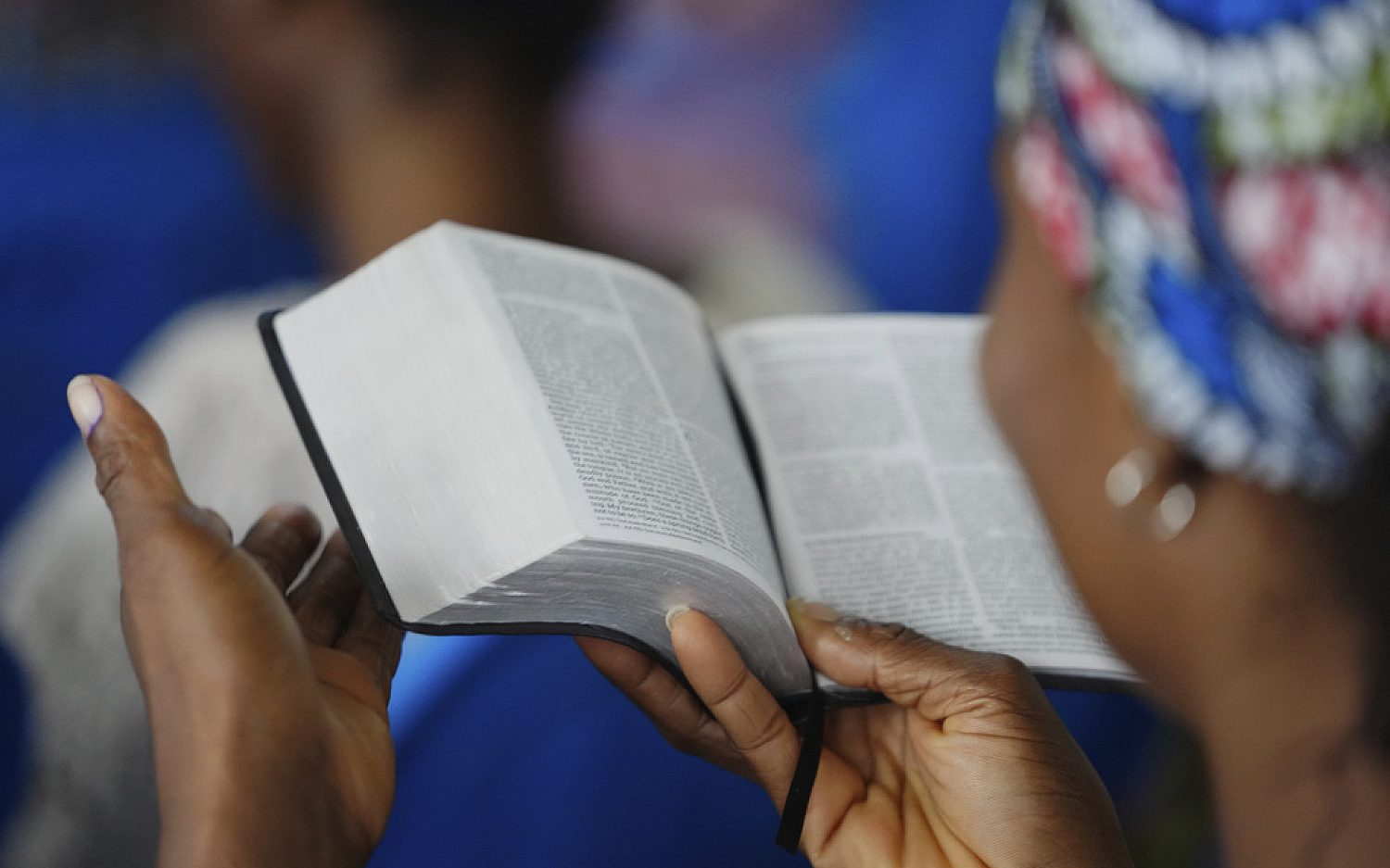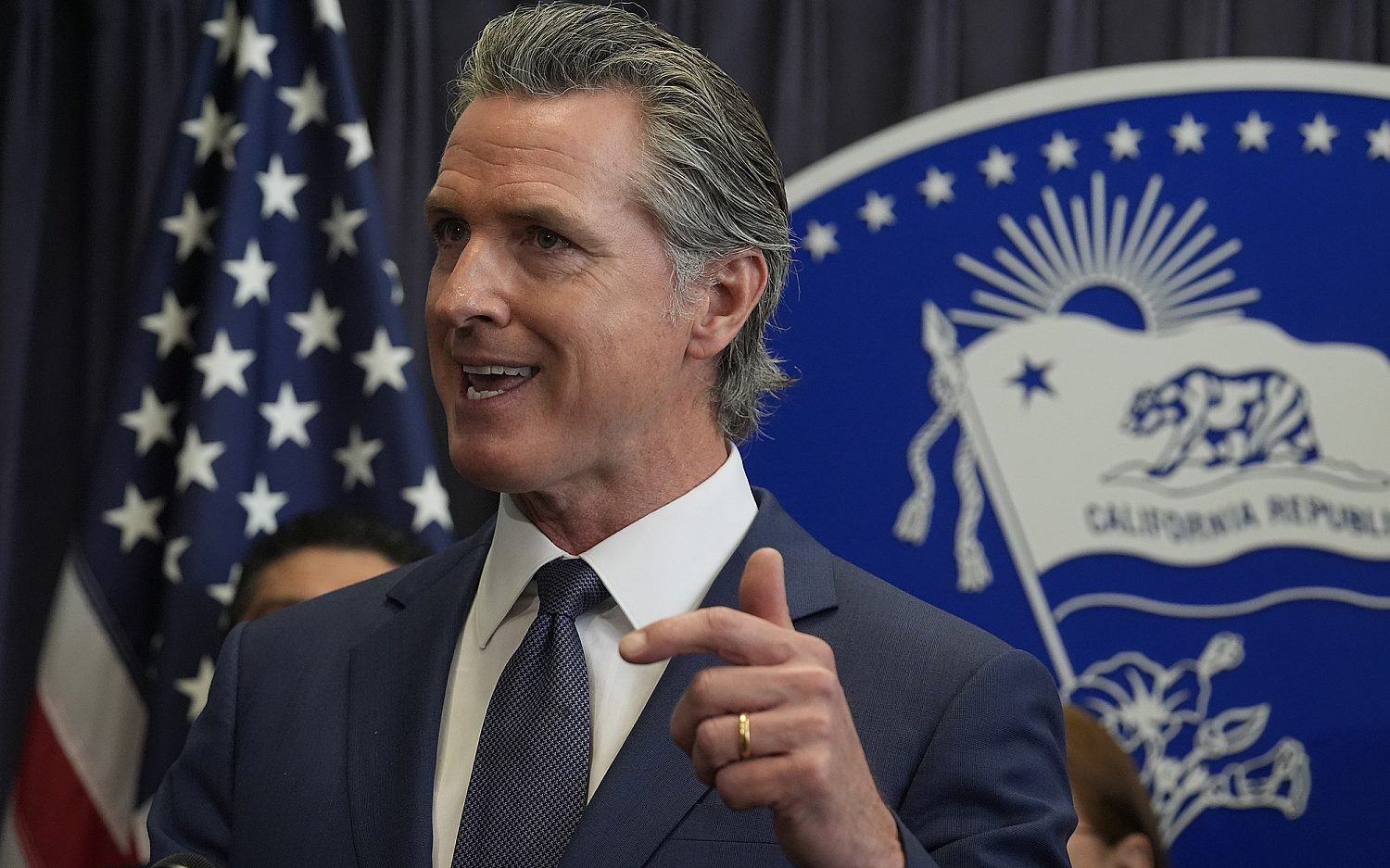Women’s draft gets broad support from Senate
Experts say a military draft for women is still far from reality
In a landslide vote this week, the Senate approved a defense authorization bill requiring women to register for the draft. Opponents of the bill warn the costs will outweigh the push for gender equality. The bill has a long way to go before it becomes law: The two houses must agree on a final version in conference and send it to President Barack Obama, who has already threatened a veto because of other provisions in the bill.
“There is simply no further justification to limit Selective Service registration to men,” Senate Armed Services Committee Chairman John McCain, R-Ariz., said on the floor Tuesday.
McCain is one of the 48 Republicans who approved the $602 billion National Defense Authorization Act in an 85-13 vote. Along with prohibiting the closure of Guantanamo Bay and restructuring the Pentagon hierarchy, the bill also requires women to register for the Selective Service under the same requirements as men. Women turning 18 to 25 years old in 2018 would have to be prepared to undergo physical examinations during the next draft and, if fit and selected by the lottery, serve wherever they were needed for two years.
The effort follows the Defense Department’s decision to include women in direct ground combat this past January and the House’s sending the defense bill to the Senate in May without the women’s draft requirement.
The Senate Armed Service Committee approved the legislation with the requirement.
The committee said in a statement drafting women would enhance the Armed Forces through “beginning to correct shortfalls in our military readiness, reversing troop cuts, increasing investments in training and maintenance programs, and rebuilding crumbling facilities.”
GOP opponents to the bill in the Senate include Sens. Ted Cruz, R-Texas, and Mike Lee, R-Utah. Cruz said the bill was “being used as a vehicle to further agendas that have nothing to do with actually defending America.”
Advocates for the women’s draft champion gender equality; opponents point to the financial and physical costs that universal registration and service could wreak on the Armed forces.
Marine Sgt. Jude Eden, an Iraq war veteran, told me only a small percentage of drafted women could pass the basic physical requirements for women in the military and an “almost non-existent” pool could pass the universal standard to serve in combat infantry, a draftee’s typical station.
“The draft is just a gesture under the title of gender equality,” she said about the military’s reasoning for expanding their budget with minimal return.
During her service in Iraq from 2004 to 2008, Eden also noticed that even when women met the same training standards as men, they faced a greater liability for injury and targeted attacks, especially from Islamic opponents. She saw Iraqi units shoot women before any of their male counterparts and use footage of women soldiers in “demoralizing” propaganda films.
Eden is also concerned the physical standards for combat will be lowered to meet the diversity quota advocated by the Defense Department.
Dick Flahaven, a Selective Service representative, told me, “While the Hill is entertaining the idea, it is a long way from being a law.”
As it is, up to 45 percent of men who apply for the draft do not meet the physical standards, Flahaven said. He did not comment on how those percentages might change with women entering the draft.
The Selective Service is ready to install the basic infrastructure for the amendment, but, according to Flahaven, still needs a “modest” $9 million a year and 39 more employees to start registering women.
An actual newsletter worth subscribing to instead of just a collection of links. —Adam
Sign up to receive The Sift email newsletter each weekday morning for the latest headlines from WORLD’s breaking news team.




Please wait while we load the latest comments...
Comments
Please register, subscribe, or log in to comment on this article.